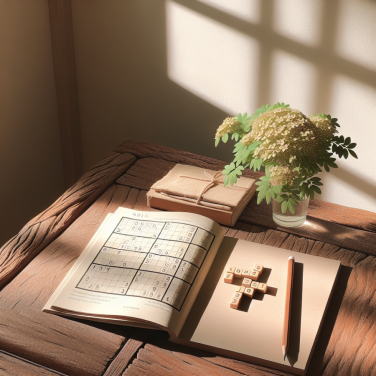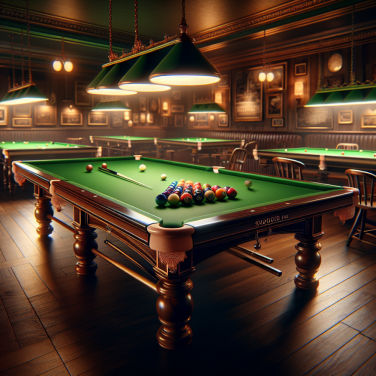Unveiling the History and Heritage of Hurling
Unveiling the History and Heritage of Hurling
Hurling, often referred to as the 'fastest game on grass', is an integral part of Irish culture with a rich history that is deeply interwoven with the island's identity. This ancient sport, believed to predate recorded history, has been played for over 3,000 years, making it one of the oldest games in the world. The earliest references to hurling are found in the Brehon Laws, which date back to the 5th century, and in Irish mythology, particularly the epic tale of the Táin Bó Cúailnge where the legendary hero Cú Chulainn showcases his prowess in the game.
The game, as it was played historically, was often a town-against-town affair, with matches unfolding over several miles of countryside, involving unlimited players who contested vigorously from dawn to dusk. It was not just a sport but a marker of societal status and a training exercise for warriors. Integral to the local communities, stories of famous matches and players became part of the oral history, passed down through generations.
Records from the 12th century show hurling flourishing under Norman influence before undergoing a decline during the subsequent 700 years of English rule. The game was often suppressed and outlawed, viewed suspiciously as a form of resistance and national identity. Despite these attempts, hurling survived, predominantly due to its strong rural following in counties like Cork, Kilkenny, and Tipperary.
The modern era of hurling began in the late 19th century with the establishment of the Gaelic Athletic Association (GAA) in 1884. The GAA's primary aim was to revive and nurture traditional Irish sports, including hurling. It standardized the rules, organized competitive leagues, and formalized the sport as it is known today. The All-Ireland Hurling Final, held annually at Croke Park in Dublin, emerged as the pinnacle of the GAA's championship season.
Hurling's cultural significance extends beyond sport. It is a living tradition that acts as a societal glue in many communities across Ireland. Ancient Irish craftsmanship is echoed in the making of the hurley (the wooden stick used in hurling), which is often handcrafted from ash wood, following practices that have been handed down through generations.
Read also:
Could the Game of Golf Survive Amidst Changing Sports Landscape?"
The Modern Allure of Hurling: A Cultural Phenomenon in Action
Hurling, an ancient Gaelic game, has found renewed interest in modern times, cementing itself as much more than a mere athletic competition. It's a sport that carries the heartbeat of Irish tradition, weaving a rich tapestry of cultural significance with its dynamic, high-paced action.
The modern appeal of hurling lies in its unique combination of speed, skill, and agility. Players, known as hurlers, showcase a prowess that is unparalleled, their deft control of the sliotar (ball) while wielding the hurley (stick) is a sight to behold. The game is often likened to a ballet of power and precision, with each match serving as a stage for athletes to perform almost superhuman feats.
At the grassroots level, hurling represents community and identity. It's not uncommon to witness towns and parishes swell with pride over their local teams. This sense of belonging and shared passion for the game has been pivotal in sustaining hurling's relevance through the centuries. In rural parts of Ireland, where the game's roots run deepest, it is more than a common interest; it's a bonding agent that holds communities together.
In urban areas, hurling has witnessed a renaissance, with clubs sprouting in cities and towns that previously had little to no connection with the game. It's in these urban landscapes that hurling has displayed its adaptability and resilience as a cultural phenomenon, drawing in new players and fans who may not have historical ties to the sport but find themselves captivated by its energy and ethos.
The integration of modern technology and media has also played a significant role in hurling's growing popularity. Live broadcasts of matches, instant replays, and analysis bring the fast-paced action into homes nationwide, sparking interest beyond the traditional enclaves of the sport. Social media platforms blaze with highlight reels, celebrating spectacular goals and displaying the sheer athleticism of top hurlers, thus drawing in a global audience.
The allure of hurling extends internationally, as the Irish diaspora and foreign enthusiasts create clubs across the globe. From Asia to North America, expats have established teams, spreading the cultural phenomenon and teaching the nuances of the sport to those who may have never set foot in Ireland.
The education sector adds another layer to hurling's cultural prominence. Schools across Ireland prioritize the game as a part of their athletic curriculum, ensuring that each generation is well-versed in the skills and history of hurling.




